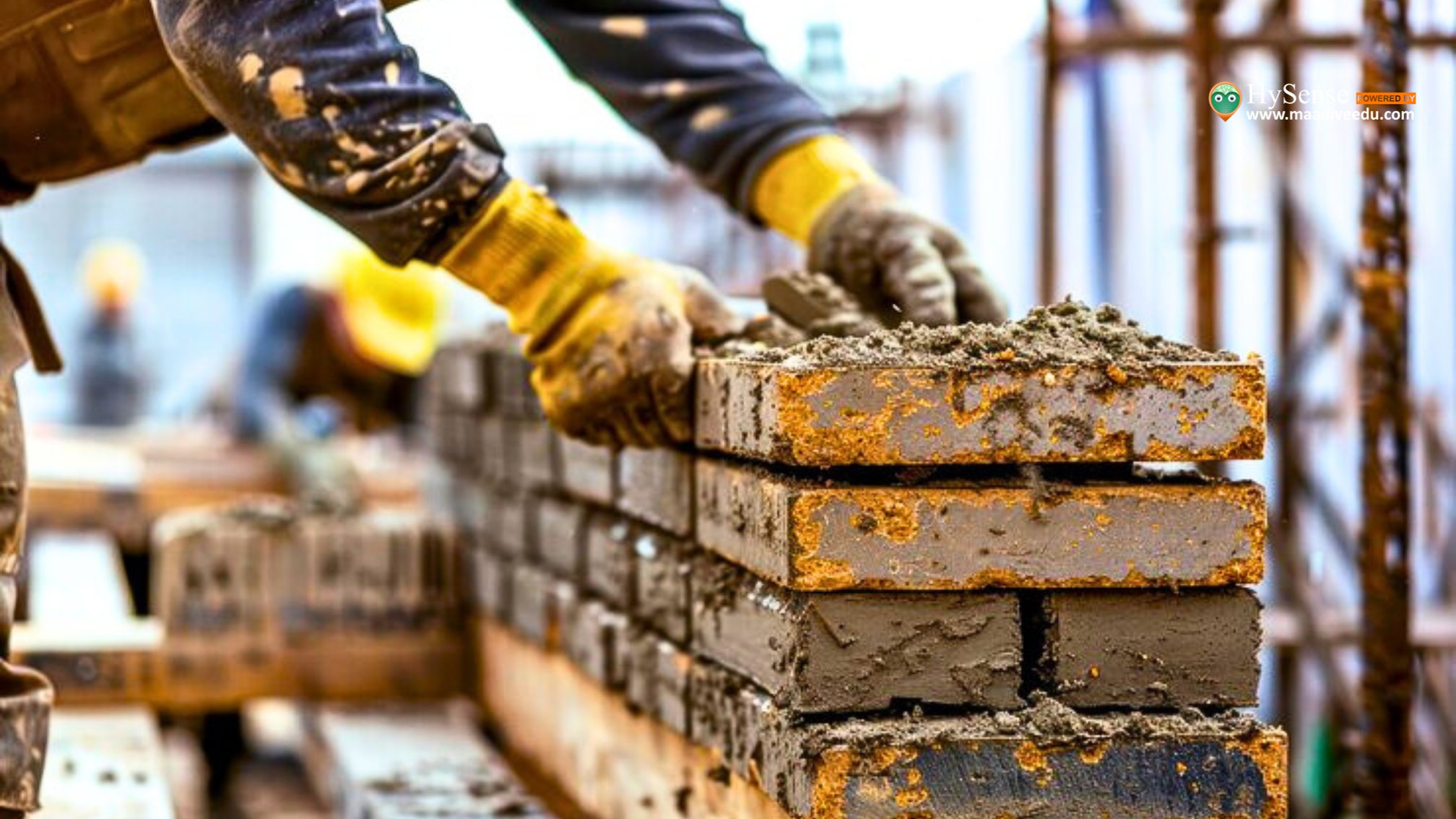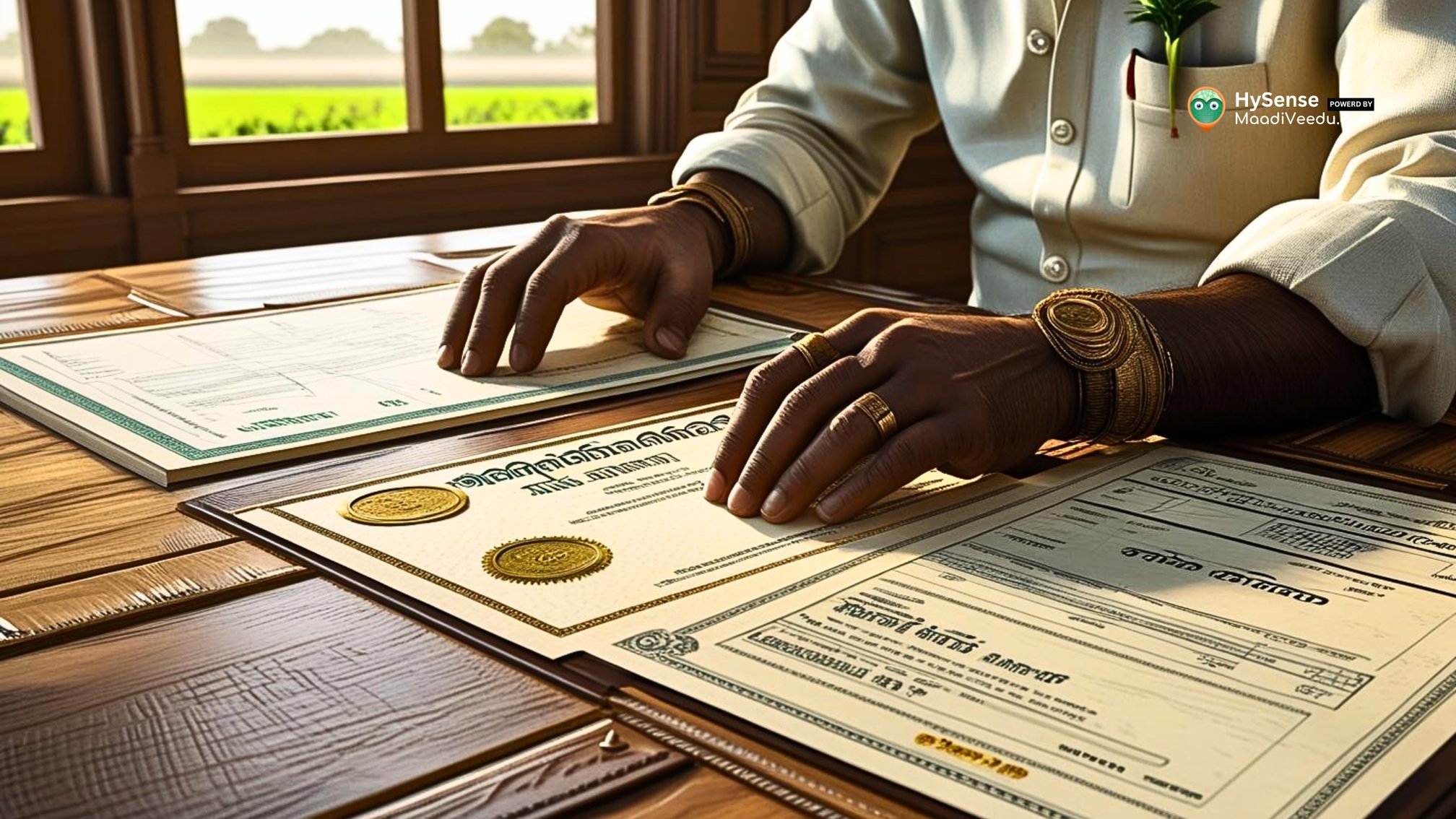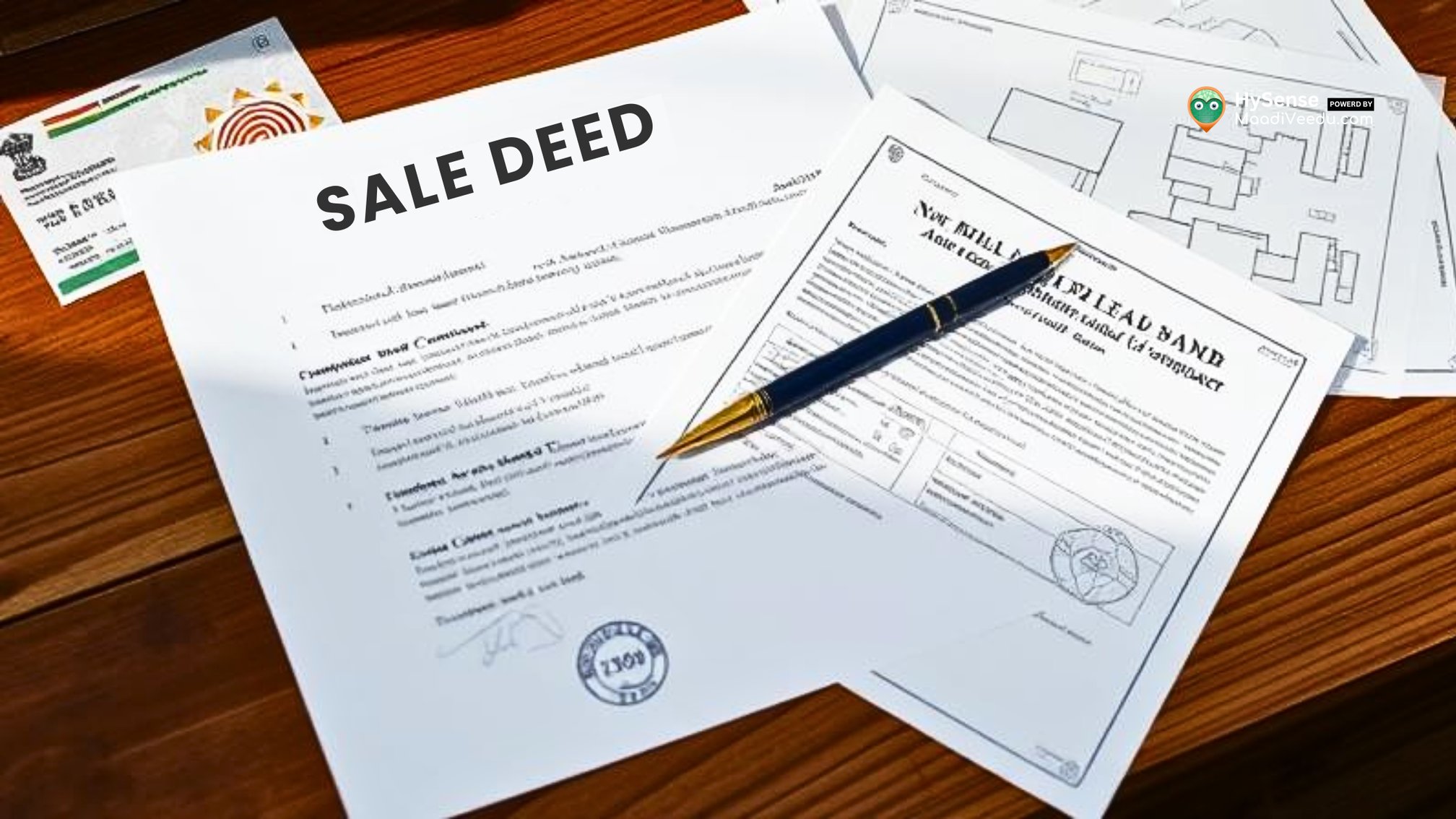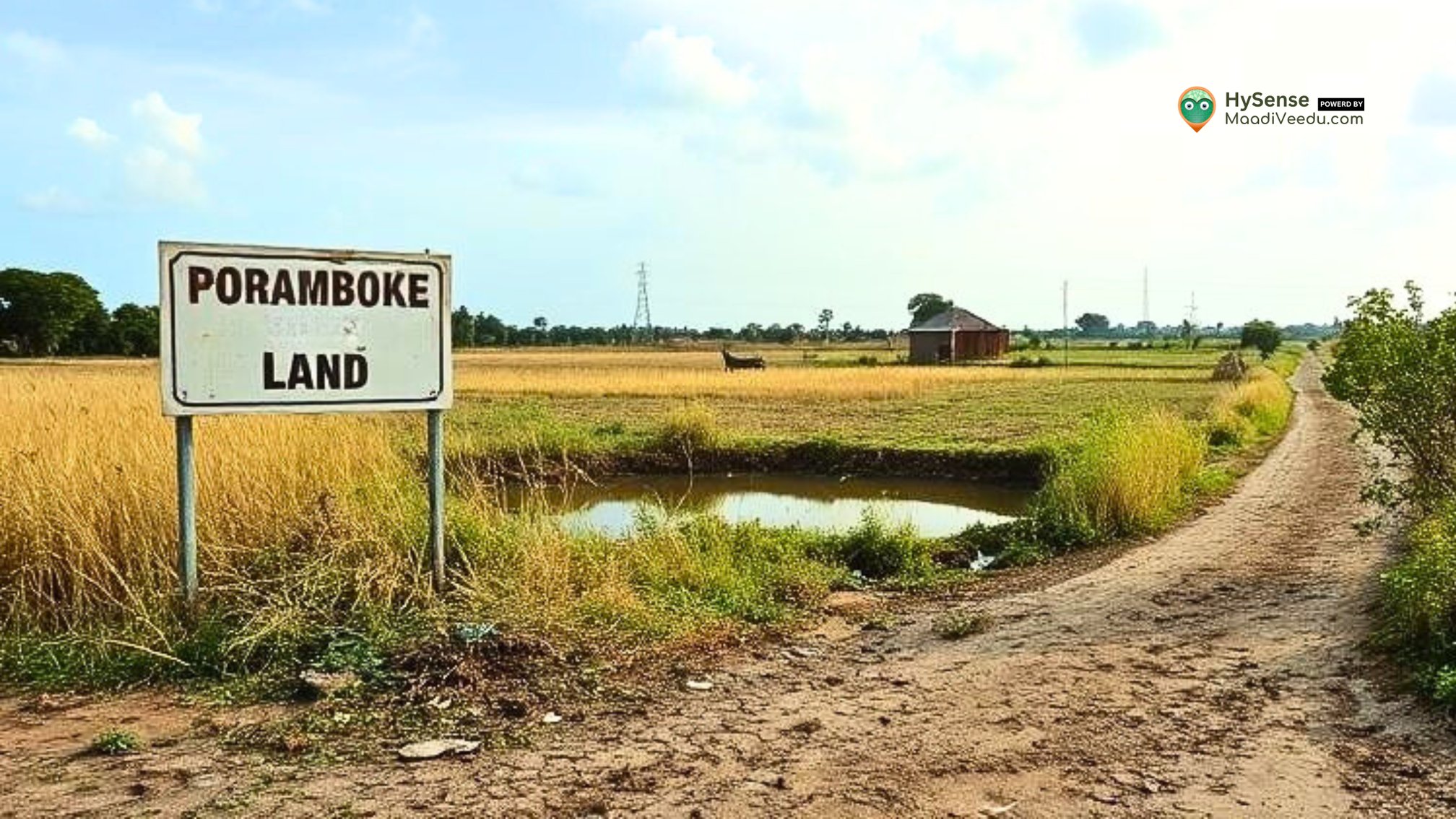Best Block for Building: 6 Powerful Choices for Better Construction
Find the best building blocks for your construction project! Compare concrete, brick, AAC, pumice, and fly ash blocks to make an informed choice.

Table of Contents
Did you know? that the type of block you choose can affect not just the strength of your building—but also how cool your home stays in the summer?
Think about this:
You’re planning your dream home or a small commercial space. You’re clear about the location, layout, and design. But what about the building blocks? Most people don’t give this much thought—yet this one decision can impact the structure’s durability, temperature control, cost, and even resale value.
Here’s a truth rarely spoken:
All blocks are not the same. Some are light but strong, some are beautiful but expensive, and others are cost-effective but need more finishing. So, how do you choose?
What You’ll Discover in This Blog
In this guide, we’ll explain what building blocks are and compare six powerful choices used today. You'll also learn:
- What makes each block unique
- How to match blocks with your building purpose
- What factors to consider for better decision-making
By the end, you'll know exactly which type of block suits your next construction project.
What Are Building Blocks?
Understanding Their Role in Construction
Building blocks are the basic units used to construct walls, foundations, and other major parts of a building. These blocks come in different materials, sizes, and strengths, each with specific uses.
For example:
- Concrete blocks are commonly used in foundations.
- Bricks give a classic look to exterior walls.
- AAC blocks are chosen for lightweight structures and energy efficiency.
Choosing the right building block means your structure will:
- Last longer
- Stay cooler or warmer depending on weather
- Cost less to maintain
- Meet safety and durability standards
Whether you're building a home, a shop, or even a warehouse, this choice affects everything from construction speed to long-term comfort.
Start your construction journey with plots tailored for solid foundations click here to explore.
Concrete Blocks vs. Brick Blocks
Which Is Best for Your Project?
Both concrete and brick blocks are highly trusted in construction. But they have different advantages. Here's a closer look:
Concrete Blocks
Concrete blocks (CMUs) are made from cement, water, and aggregates like sand or gravel. These blocks are strong, durable, and widely used in construction.
Why choose concrete blocks:
- Durable & Strong: Withstands harsh weather and load.
- Budget-Friendly: Cheaper than bricks for large projects.
- Fire Resistant: Helps improve building safety.
- Faster to Build: Larger in size, saving time.
What to keep in mind:
- Needs additional finishing (plaster or paint).
- Lower insulation—additional layers may be required.
Brick Blocks
Bricks are made from clay or shale and have been used for centuries. They’re known for their beauty and longevity.
Why choose brick blocks:
- Visual Appeal: Adds charm and elegance.
- Long-Lasting: Great for all weather conditions.
- Natural Insulation: Helps regulate indoor temperatures.
What to consider:
- Higher cost and more labour-intensive.
- Slower construction due to smaller size.
Top 5 Building Block Choices for Construction
Beyond bricks and concrete, here are four more powerful block options you should consider:
1. Concrete Blocks
Best For: Foundations, boundary walls, and load-bearing structures
Why Choose: Durable, cost-effective, and quick to build
2. Brick Blocks
Best For: Home exteriors, compound walls, and aesthetic projects
Why Choose: Timeless design and natural insulation
3. Aerated Autoclaved Concrete (AAC) Blocks
Made from cement, lime, sand, and aluminum powder, AAC blocks are lightweight and energy efficient.
Advantages:
- Lightweight and easy to handle
- High thermal insulation
- Speeds up construction
Best For: Partition walls, low-rise buildings, and heat-prone areas
4. Pumice Blocks
Made from volcanic pumice, these are naturally lightweight and eco-friendly.
Advantages:
- Excellent thermal and sound insulation
- Reduces the need for extra layers
Best For: Green homes, noise-controlled areas, and eco-focused buildings
5. Fly Ash Blocks
Produced from industrial byproducts, fly ash blocks are both strong and sustainable.
Advantages:
- Utilises waste material (eco-friendly)
- Strong and energy efficient
Best For: Environment-friendly projects, commercial spaces, and load-bearing walls
Read also: How to Build a Low-Cost Home Without Compromising Quality – Smart Tips – Learn how to make smart material choices and save money during construction.
Key Factors to Consider Before Choosing
When selecting the best building block, keep the following in mind:
- Structural Load: Heavier structures need concrete or AAC.
- Visual Design: Use brick for exterior beauty.
- Insulation Needs: AAC, pumice, or fly ash blocks provide better comfort.
- Budget: Concrete is affordable; AAC is value-for-money long-term.
- Eco Goals: Go for fly ash or pumice if sustainability matters.
Quick Comparison Table
Use our free tool to compare different construction materials based on strength, insulation, and cost for better decision-making.
Final Thoughts
Choosing the Optimal Block for Quality Construction
There’s no one-size-fits-all answer. But here’s how you can decide:
- Need load strength? Go with Concrete or AAC
- Want it to look good? Choose Brick blocks
- Eco-conscious? Use Fly ash or Pumice
- Want insulation? Pick AAC or Pumice
Always consider your project type, climate, budget, and design goals before buying
Looking to find the right property for your next construction project? Explore verified listings on MaadiVeedu.com and get tips, guides, and expert advice at blog.maadiveedu.com.
Frequently Asked Questions (FAQs)
1. Which block is best for house construction in hot climates?
AAC and Brick blocks are both great for hot areas as they provide better insulation.
2. Are fly ash blocks safe for long-term use?
Yes, they are durable and meet standard building codes.
3. Can I use concrete blocks inside the house?
Yes, especially for internal load-bearing walls. Just apply finishing for aesthetics.
4. Which block is the cheapest for construction?
Concrete blocks are usually the most cost-effective.
5. Do AAC blocks need plastering?
Not always. They have a smooth surface, but a thin coat may enhance the finish.










